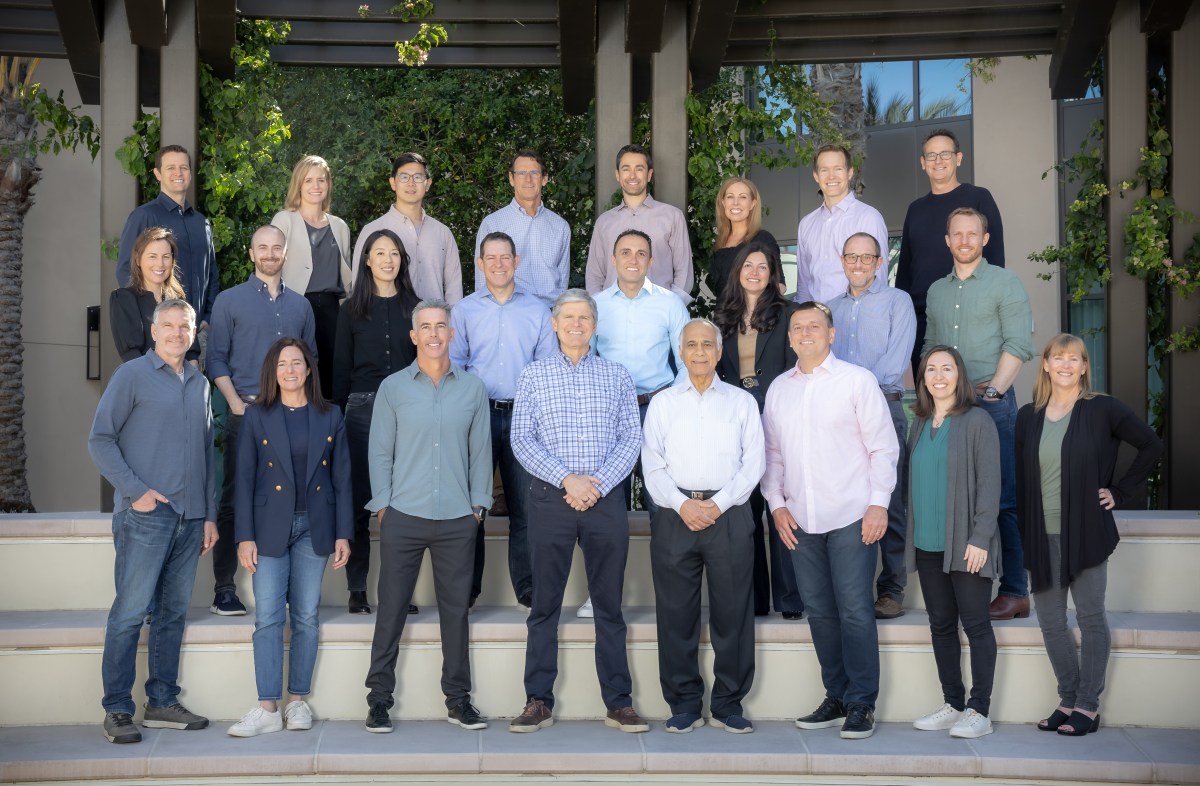Creative Juice launches a $50M fund to invest in creators – TechCrunch
A banking app built for online creators, Creative Juice announced its $50 million fund to underwrite creator businesses. YouTubers and other social media stars stars can apply for upfront cash to grow their businesses in exchange for a cut of their revenue over a certain period of time, usually between six months and three years.
It sounds like a loan, but it’s not a loan (at least in the sense that Creative Juice isn’t a bank, so they’re not allowed to say they give loans.) They refer to distributing “Juice Funds,” their investments in creators, as underwriting creator businesses, or as revenue-based financing. But Juice Funds don’t accrue interest like a loan. And if the creator fulfills the terms of their contract, yet doesn’t make enough money to pay back their Juice Funds before their term is up, then it’s Creative Juice that eats the deficit, not the creator.
So far, according to CEO Sima Gandhi, there haven’t been any issues with creators not being able to pay Creative Juice back. This is in part because Creative Juice is so selective about whom it funds.
“Creators are the next generation of [small and medium-sized businesses] in America,” said Gandhi, who was formerly the head of business development and strategy at Plaid, a fintech unicorn. “If you’re a content creator, you can now set up an Instagram shop, you can sell merchandise, you can sell tickets to things, you can sell food. You can do anything a typical business would do, yet they’re not treated like a business.”
It’s difficult for creators to get loans from banks, since their line of work is less established than your standard small business. Other startups have also sprung up to help fill in this gap like Karat Financial, which offers creators access to business credit cards.
“Any industry needs capital to grow, and it’s actually really remarkable that creators have grown as quickly as they have without access to capital,” Gandhi told TechCrunch. Creators might use these funds to hire an assistant, rent out a studio that makes filming more efficient, invest in merchandise to sell, or buy new equipment.
Of course, there’s inherent risk for a creator to take any sort of outside financing that has strings attached — but Gandhi says that Creative Juice only succeeds if the creators that it funds succeed, too. Creative Juice secured this $50 million pool from an alternative lender, HCGFunds, so if the startup doesn’t fund creators who won’t be able to turn a profit and then some, then Creative Juice is screwed, too.
“It’s very incentive aligned,” Gandhi emphasized. “One of our company values is that we grow as creators grow. It’s always got to be about what’s creator-first, and we will say no to creators if we don’t think they should take the capital.”
How it started
While at Plaid, Gandhi noticed that although the creator economy was booming, traditional banks and lenders didn’t understand the business model behind a cook who shares viral recipes on TikTok, or a fashion stylist on Instagram.
In 2021, Gandhi started Creative Juice alongside Ezra Cooperstein, the president of Night, a management company representing top digital creators like makeup maven Safiya Nygaard, underwater treasure hunter DALLMYD and stunt YouTuber MrBeast, who also sits on the Creative Juice cap table.
The company began as a financial management solution for creators, helping them to manage multiple revenue streams from various apps and sponsorships, project their income and automate invoicing. The app also offers YouTubers the ability to get advance access to their AdSense payouts.
But when MrBeast tweeted in December 2020 that he wished there was a way to invest in creators, Gandhi and Cooperstein got an idea (… or maybe the tweet was an elaborate marketing stunt, but … who can say?).
Soon, Creative Juice partnered with MrBeast to test this model of underwriting creators with a $2 million fund — and evidently, it worked well enough that the company is launching a second round of Juice Funds at 25 times the size. Plus, Creative Juice just raised a $15 million Series A round led by Acrew Capital, with participation by Meena Harris (a lawyer, children’s author and niece of Vice President Kamala Harris), Concrete Rose, former NFL star Larry Fitzgerald and TikToker Jared Waldrom.
Every Juice Funds contract is different. Any creator can apply for Juice Funds, and the company evaluates their existing business to see if it would be mutually beneficial to underwrite them. If so, they agree on a percentage of revenue that the creator will share with Creative Juice for the duration of a designated time period, which may range between around six months to three years. Gandhi declined to share what percentage of creators earnings are typically shared, but indicated that usually it’s up to the creator’s discretion whether they’d want a longer contract with a lesser revenue share, or vice versa.
“Yes, we are a company. We want to make money. We’re not a charity. But we want to do it in a way that’s really responsible and sustainable for the ecosystem,” said Gandhi. “That’s why we do it. We want to see creators thrive and succeed.”
The terms of the contract dictate that the creator stick to a certain upload schedule, which is usually whatever they’ve already been doing — for example, if they upload three YouTube videos per week, then they will be expected to keep posting at least three times per week.
Switch and Click, a self-described “cringe entertainment tech channel,” used Juice Funds to buy new equipment and hire a video editor. With that infusion of capital, they grew their revenue 70%, allowing them to buy out of their revenue-share contract with half the term left to go.
Guitaro5000, a music channel, used Juice Funds to travel to new filming locations, since he noticed that his videos with unique settings performed the best. As a result, his revenue has increased by 50%, and he’s noticed an uptick in fan interaction.
Channels like Oompaville, Grow With Jo and Internet City have also received Juice Funds.
How it’s going
Creative Juice has received thousands of applications, but the startup has only deployed Juice Funds to around 20 creators. Gandhi says that so far, Creative Juice hasn’t had any issues with a creator not being able to scale their business enough for the startup to make its money back.
“This is risky, right? No one’s ever done this before,” Gandhi told TechCrunch. “This is a whole new type of asset that I hope someday, there’ll be a massive securitization market around, and everyone wants to buy creator backed securitization investments.”
Other creator economy startups like Spotter have also experimented with offering YouTubers large sums of upfront cash in exchange for five years of royalties from their back catalog.
In both cases, there’s a gamble on the creator’s end. These cash infusions can, in some cases, be exactly what a YouTuber needs to grow their channel to the next level and make more income in the long run. But there’s always the risk that something goes wrong, and an independent artist gets caught in a contractual bind.
Both Gandhi and Aaron DeBevoise, Spotter’s CEO, told TechCrunch that their companies would never do a deal that they didn’t think was beneficial for the creator too. But it’s hard to predict how an investment may pan out in such a precarious business, and creators must understand the risks involved in any sort of dealings with new startups pioneering experimental investment models.
Notably, neither Creative Juice nor Spotter require creators to take on debt. But no matter how legit a deal might seem, it’s never a bad idea for independent business owners to keep their guard up, just in case.




